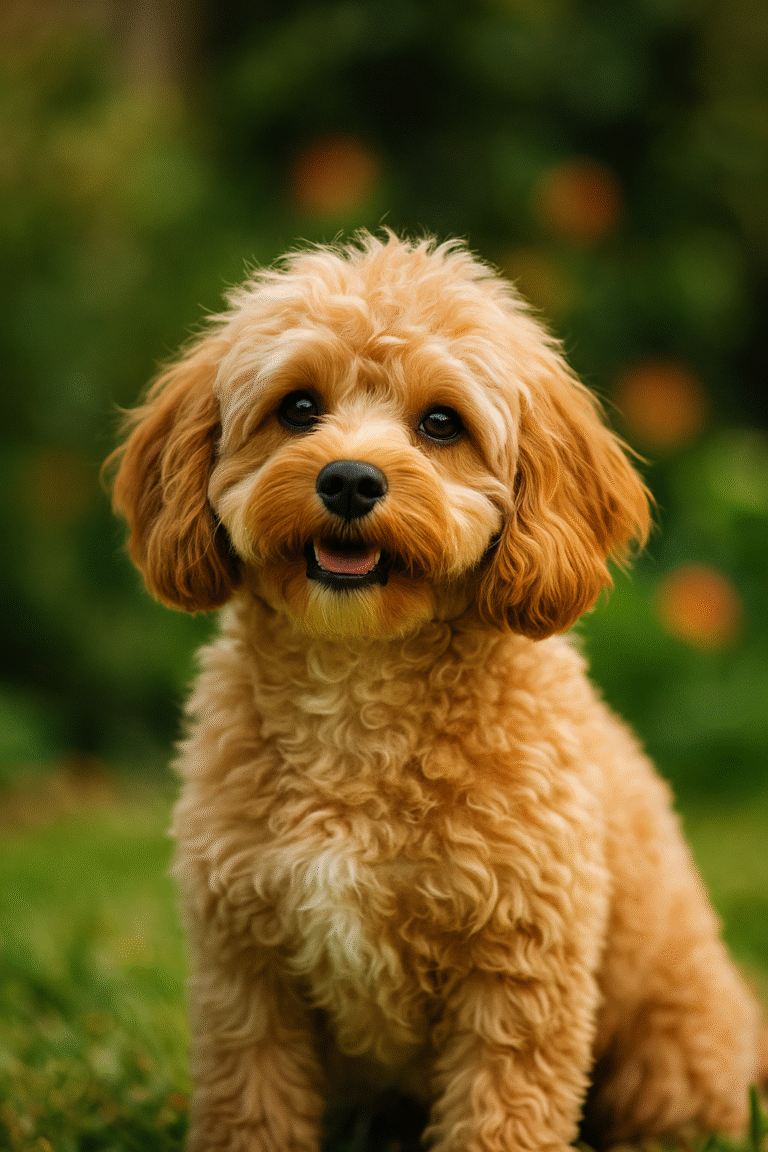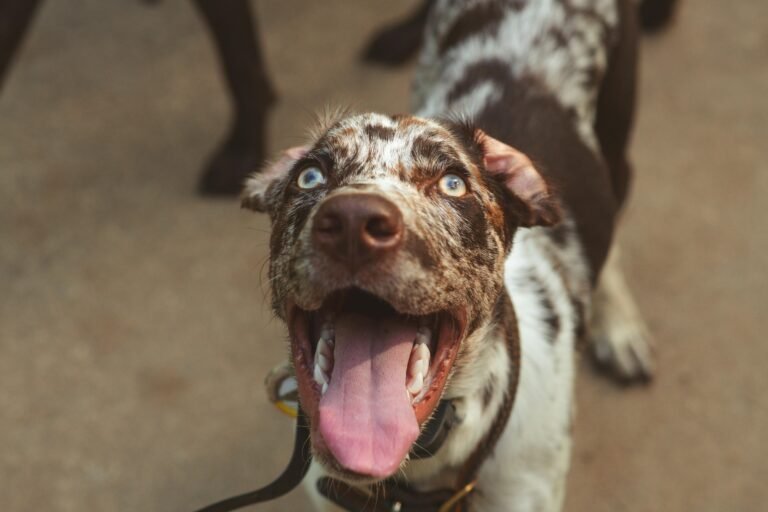The Tibetan Mastiff is one of the world’s most enigmatic dog breeds. With a leonine mane, watchful eyes and an imposing presence, this ancient guardian has kept flocks and monasteries safe in the Himalayas for centuries. Today’s Tibetan Mastiffs may lounge in suburban yards, but their independent spirit and protective instincts remain. This article explores the breed’s fascinating history, appearance and temperament, care needs and considerations for potential owners.
History and Origins
The origins of the Tibetan Mastiff are shrouded in legend. Some historians believe these dogs descended from prehistoric Molossers and spread across Central Asia with nomadic tribes. For millennia they patrolled Himalayan villages, monasteries and caravans, keeping predators like wolves and leopards at bay. Because Tibet was closed to outsiders, the breed developed in isolation and retained its primitive character longer than many other dogs. Western travelers did not encounter Tibetan Mastiffs until the mid‑1 19th century, when British officials in India brought a few dogs back to England. Queen Victoria was gifted a Tibetan Mastiff in 1847, and the Prince of Wales (later King Edward VII) exhibited a pair at the 1874 Alexandra Palace show. Despite this early interest, the breed remained rare in Europe until the 1950s, when American breeders imported dogs from Nepal and India. The American Kennel Club recognized the Tibetan Mastiff in 2006, nearly a century and a half after Europe first discovered the breed.
Appearance and Temperament
A mature male Tibetan Mastiff stands 26–30 inches at the shoulder and can weigh 100–150 pounds. Females are slightly smaller. These giants have a heavy bone structure, broad head and a thick double coat that forms a mane around the neck and shoulders. Coat colors include black, brown, grey, gold and blue, often with tan markings. The coat is weather-resistant and naturally repels dirt.
Although imposing, the Tibetan Mastiff is not an aggressive animal when properly raised. They are typically aloof with strangers but devoted and gentle with their family. This breed was bred to work independently and may be stubborn; they think for themselves and will not blindly obey commands. Early socialization is essential to curb any overprotective tendencies. The dogs mature slowly; males may not reach physical and mental maturity until 4 years old. During their adolescence they can be boisterous and pushy, so consistent training and clear leadership are vital.
Exercise Requirements
Despite their size, Tibetan Mastiffs are not high-energy dogs. They evolved in harsh climates where conserving energy was advantageous. Adults are content with a couple of 30-minute walks and access to a secure yard. Puppies should not engage in strenuous jumping or long runs because their joints are still developing. A hike or playtime in a fenced yard satisfies their physical needs. They dislike heat and may become sluggish in warm weather; plan exercise in the cool morning or evening. Because of their independent nature, these dogs appreciate having a job to do, whether guarding property, hiking with their family or participating in dog sports like tracking. Without sufficient exercise and mental stimulation, they may become bored and destructive.
Grooming Needs
The Tibetan Mastiff’s dense double coat requires surprisingly little maintenance. The undercoat sheds once a year, usually in spring. During shedding season, daily brushing removes dead hair and prevents mats. Outside of this period, weekly brushing suffices to keep the coat in good condition. Their outer coat is self-cleaning and has little doggy odor; baths are needed only a few times per year unless they roll in something unpleasant. Regularly check their ears for debris, trim nails every few weeks and brush teeth often to prevent periodontal disease. Because of the heavy seasonal shed, some owners hire a professional groomer to manage the undercoat blow-out.
Training and Socialization
Training a Tibetan Mastiff requires patience and a sense of humor. Their instinct to think independently served them well guarding flocks, but it can frustrate inexperienced owners. Positive reinforcement methods work best; harsh corrections may cause them to shut down or become defensive. Socialize puppies early with a variety of people, animals and situations to prevent them from becoming overly territorial. Expose them to visitors at home so they learn the difference between invited guests and intruders. Because they form strong bonds with their family, leaving them in the yard without interaction can lead to loneliness and nuisance barking. Enrolment in puppy classes can help you establish good habits and provide mental stimulation.
Health and Lifespan
The average life span of a Tibetan Mastiff is 10‑12 years. As with most large breeds, they are prone to orthopedic problems. Common health issues include hip and elbow dysplasia, which can cause pain and arthritis; hypothyroidism, a hormonal disorder that leads to weight gain and lethargy; and eye conditions such as entropion, ectropion and progressive retinal atrophy. Some dogs may also be susceptible to autoimmune thyroiditis and seizures. Responsible breeders screen breeding stock for these conditions using hip, elbow, thyroid and ophthalmology evaluations. Obesity exacerbates joint problems, so keep your dog lean and provide appropriate exercise. Regular veterinary check-ups, a healthy diet and joint supplements can support longevity.
Diet and Nutrition
Tibetan Mastiffs thrive on a high-quality diet formulated for large-breed dogs. Feed measured meals twice daily rather than free-feeding to prevent obesity. Puppies should be on a large-breed puppy formula that supports slow, steady growth and reduces the risk of developmental bone disorders. Avoid high-protein diets, which some breeders believe can accelerate growth and cause joint problems. Adult dogs typically consume 4–5 cups of dry food per day, though individual needs vary with age, activity level and metabolism. Fresh water should be available at all times. Ask your veterinarian about adding fish oil or glucosamine supplements for joint health if needed.
Finding a Tibetan Mastiff
If you decide a Tibetan Mastiff fits your lifestyle, seek a reputable breeder or rescue organization. Ethical breeders focus on health and temperament rather than producing oversized or trendy-looking dogs. They should provide proof of health testing for hips, elbows, thyroid and eyes and be open about potential issues. Because puppies mature slowly, many breeders keep them until they are at least 10–12 weeks old, allowing for early socialization before placement. The rarity of the breed means puppies can be expensive; expect to pay between $2,000 and $5,000 depending on pedigree and location. Alternatively, contact breed-specific rescue groups that occasionally have adults or older puppies needing homes. Adopting an adult dog can be rewarding, as their size and temperament are already established.
Is a Tibetan Mastiff Right for You?
A Tibetan Mastiff is not a dog for everyone. Their size and strength require an owner who can confidently handle them. They thrive in homes with securely fenced acreage and an experienced handler who values independent thinking. Because they were bred to protect, they may be wary of strangers and are not suited to households that have frequent visitors or small children running in and out. That said, a well-bred and properly socialized Tibetan Mastiff can be a loving, devoted family member, gentle with children and other pets. They excel as property guardians and companions for outdoor enthusiasts who enjoy hiking and camping. If you appreciate an intelligent dog that thinks for itself and you have the space and time to invest in training and grooming, the Tibetan Mastiff may be the perfect addition to your family.
Conclusion
From the windswept plateaus of Tibet to backyards around the world, the Tibetan Mastiff remains an impressive symbol of loyalty and strength. Their ancient roots and independent spirit make them fascinating companions for experienced owners who respect their history and needs. By understanding the breed’s origins, temperament, and care requirements, you can determine whether this majestic mountain dog is the right fit for your home. With proper training, nutrition and veterinary care, a Tibetan Mastiff will reward you with years of devoted companionship and steadfast protection.






